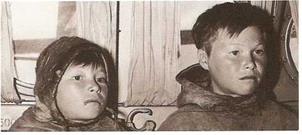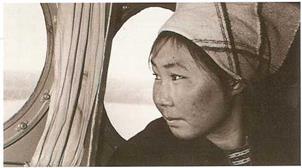The Last Continent
A Very Special Flight
In the interests of time and economy of effort in delivering supplies to the Arctic Expeditions, and in spite of the now regular annual trips by the Ilyushin 18Ds, a decision was made in 1985 to use a bigger aircraft, a real heavy lifter, the Ilyushin 76TD, weighing in at a 190,000kg (420,0001b) — say 200 tons at take-off — and able to carry a 50-ton payload over a distance of 3,650km (2,270mi). Already equipped as a specialized freighter, with winches and ramps, and able to use the so-called unprepared strips, i. e. without concrete or paving, the one destined to make this historic trip was fitted with 90 seats, plus kitchen, medical, and life-saving equipment. On 18 February 1986, the I1-76TD took off from Moscow, and flew by a slightly different African route direct to Novolazarevskaya, then to Molodezhnaya, and arrived back home on 4 March 1986.
And Very Special Landings
While the thickness of the ice that formed the runway at Novolazerevskaya may not have reached the astonishing proportions of Vostok (see opposite page), it was, however, a slick surface, and all of the 3,000 meters (10,000ft, or almost two miles) length was needed for the I1-76TD to slow to a stop after touching down. Molodezhnaya, on the other hand, presented a different problem. The runway was long enough, again 3,000 meters; and wide enough — 90 meters (300ft). But the composition of the runway was not of ice; it was of snow, 82 meters thick. When properly prepared this was all right for most aircraft; but the Ilyushin II- 76 weighed 200 tons.




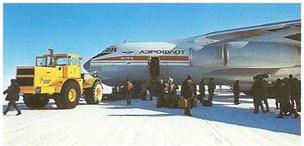


![]()

 The ground staff at Molodezhnaya must have heard the story of the English gardener who, when asked by an American tourist how he had produced such a perfect lawn, suggested that it may have been the result of mowing it once a week, and rolling it once a week… for 500 years. Overcoming difficulties of alternate melting during long summer days of unbroken sunshine and crusting of surfaces with repeated freezing, the ground staff rolled and rolled and rolled the runway… for a whole year. The 11-76 landed and took off successfully.
The ground staff at Molodezhnaya must have heard the story of the English gardener who, when asked by an American tourist how he had produced such a perfect lawn, suggested that it may have been the result of mowing it once a week, and rolling it once a week… for 500 years. Overcoming difficulties of alternate melting during long summer days of unbroken sunshine and crusting of surfaces with repeated freezing, the ground staff rolled and rolled and rolled the runway… for a whole year. The 11-76 landed and took off successfully.
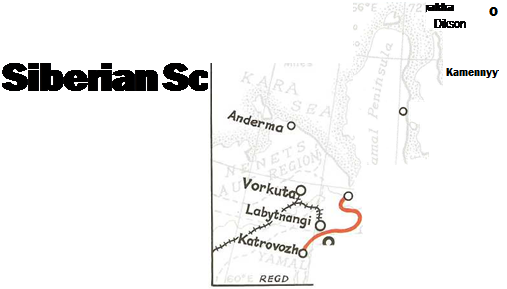 |
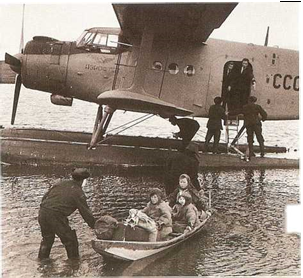 |
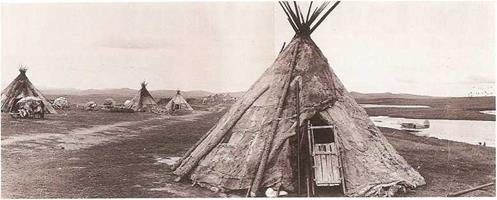


Antonovs Everywhere
Not content with providing normal air service to small communities, supporting the Arctic ice stations, surveying fishing grounds, agricultural work of all kinds, supporting railroad construction, and laying out oil-pipe lines, the Antonov An-2 demonstrated its almost unlimited flexibility and versatility by being a school bus in places where wheeled vehicles did not dare to venture.
In this picture-essay — once again the product of Boris Vdovienko’s peripatetic camera — an An-2V is seen at the tiny community of Laboroveya, in the Poluostrov Yamal (the Yamal Peninsula), just north of the Arctic Circle in northwestern Siberia. Invited by the Aeroflot pilot from their ‘yaranga’ houses in the treeless tundra, the children are taken to the secondary school at Katrovozh, near Salekhard, the ‘big city’ of the Yamal Nenets Autonomous District.
|
|
|
On board the An-2, the children appear somewhat apprehensive at the prospect of attending school at Katrovozh, near the ‘big city’ of Salekhard. |
|
Anna Maximovna, teacher of the secondary’ school at Katrovozh, near Salekhard, keeps a watchful eye on the children en route to start the term. (All photos: Boris Vdovienko) |
(Top) Summer homes in the Yamal Nenets district of northwestern Siberia. The tents, of slender tree trunks and animal skins, are called yaranga. Normal transport, even in the unfrozen brief summer, is by sled, but the ubiquitous Antonov An-2, seen here to the right, has added a new dimension to travel.
(Bottom) Children from the Yamal Nenets village ofLaborovaya are shipped out to the awaiting Antonov An-2V, to attend secondary school.











